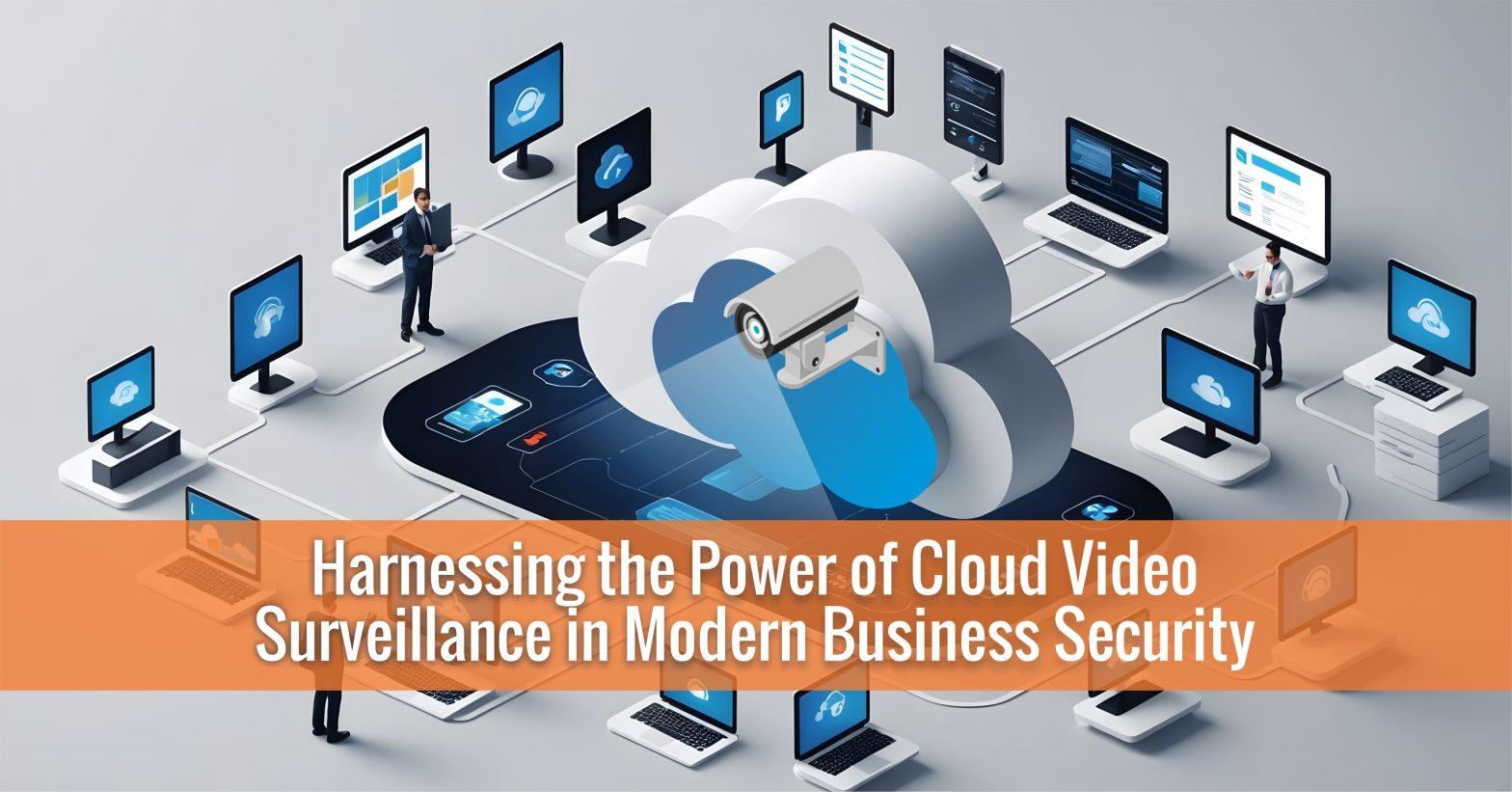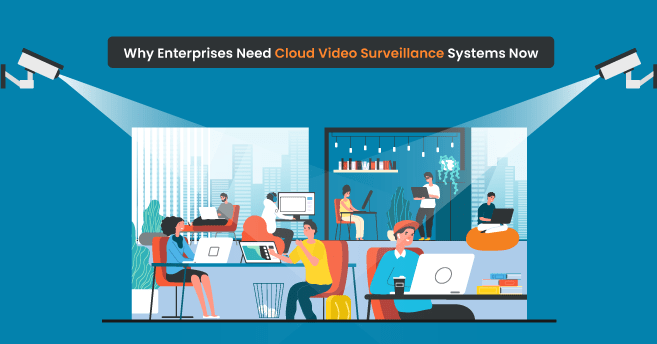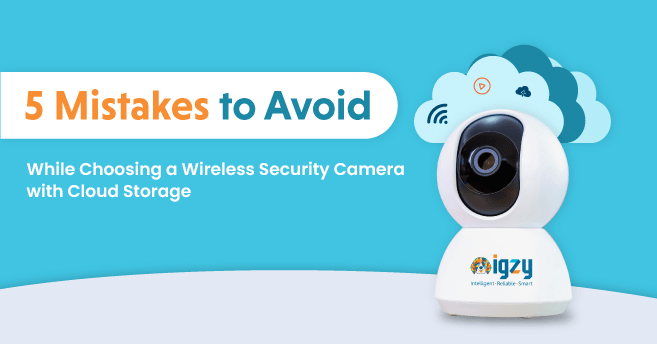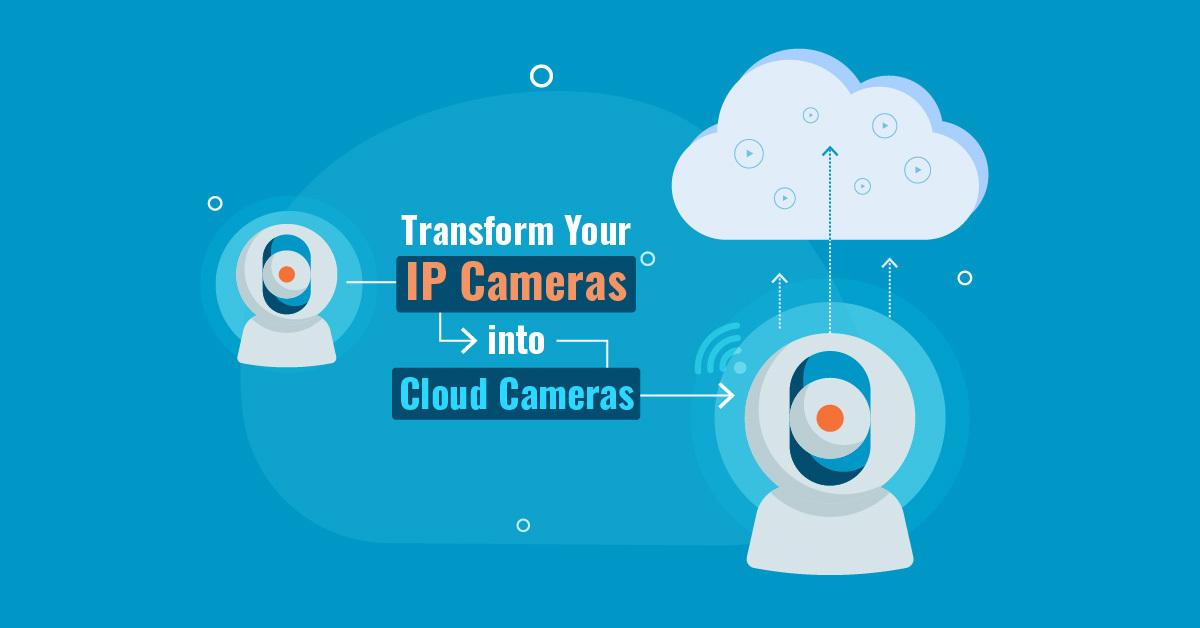The Changing Face of Retail with Actionable Analytics
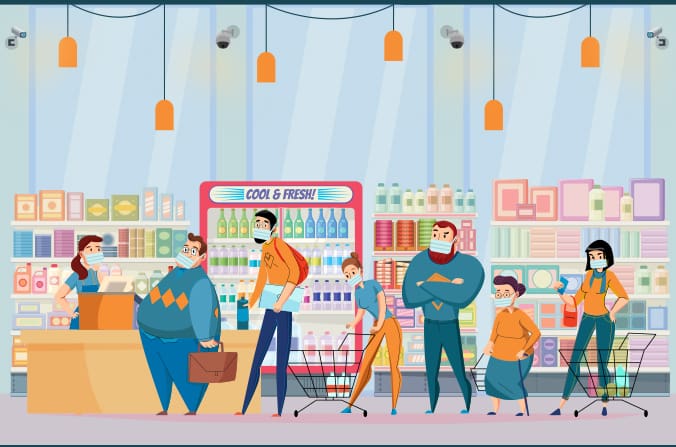
Table of Contents
The retail industry has been continuously growing, not just in size and scope in the market but also in its drive into the smarter side of service provision, and this seems to be facing a constant need of not only improving its performance in terms of top-notch customer experience, on time restocking and overall efficient functioning of the store but also protecting its premises and assets. Today, every fast-growing retail chain has employed actionable analytics to stay at the top of their game.
Actionable Analytics: What is the hype all about?
The internet of things is responsible for this transition of retail stores from conventional to modern and smarter, it has revolutionized the way retails function, with a vast expanse of its capabilities still left to be explored. With the employment of internet of things, in almost all industries out there, we have been able to construct a society that is majorly, if not entirely, dependent on machines and things and networks connected with the internet, for the most basic things in life, and this dependability can only be foreseen to grow in the next decade.
When it comes to the internet of things, the process begins with data collection from hardware peripherals, the very basis or initial apparatus of which includes cameras and sensors installed throughout the store. The selected network (in accordance with industrial standards) provides data to the gateway. From that point, all information is transferred to the cloud ecosystem where it not only gets stored but also gets analyzed to find patterns and algorithms for enhanced performance. Lastly, this analyzed information is then used to produce insights, generating conclusions that can benefit business and enhance performance. The appropriate maintenance of operations requires automated data management and immediate reaction before an emergency occurs. To meet these requirements, real-time analysis is carried out automatic tasks are assigned to field technicians, and task completion is reported back to the ecosystem.
Data
Collecting the data, be it structure, unstructured, semi-structured, or quasi-structured; is the first tread towards gaining an intellectual insight into what your business needs and requires to get that oomph factor. This data can be collected through cameras and sensors installed around the premises. Sensors located in the stores and even in the clothes themselves gather swaths of data that can be very advantageous for retailers. Processing and analyzing this data offer retail stores new opportunities to improve their strategies and productivity.
Analytics
The data collected via the smart devices are most often, unstructured. It is on the cloud-based platform where these are analyzed and segregated to get a better grasp on everything. The IoT based ecosystem with AI and ML abilities is capable of reading through all the data to find similar patterns, such as the product demand in an area with regards to what the customers have been buying at the store, the season in which customers explore the store and the information regarding regular customers. All of this helps retail stores examine scattered and unorganized data and make sense of it.
Insights
The analyzes of the data then provoke the generation of insights, which improve customer experience by using the data from surveillance cameras, social media, and mobile devices, to better predict consumer behavior and wishes. This ensures that customers receive personalized advertisements and discount coupons when they enter the store or are in range for the push messages to be sent out. These insights not only improve customer service but also help in inventory management, supply chain management, automate checkouts, and so forth.
How actionable analytics has transformed the retail industry
As the world gets more and more connected, consumers expect faster service and more customization. To satisfy customers and gain a competitive advantage, it is crucial to enable the front line of the enterprise with business solutions that drive better, faster, and smarter performance.
While the cameras and sensors are responsible for recording and collecting information and big data, it remains worthless until analytics are applied to it. This IoT analytical ecosystem allows retailers to raise productivity, improve customer experience, reduce costs, and increase sales.
It is with the utility of Actionable analytics that retailers are able to discover which devices generate issues, reveal patterns and trends; report and analyse anomalies, drill down into the information within the user dashboards to see all details of a given service, raise alarms and notify customers to improve business and operational results, and enhance customer experience.
1. Better customer experience
With the employment of IoT ecosystems, retailers have been able to improve customer experience by gathering and implementing insights into customers’ data. This has been possible by making use of data from surveillance cameras, social media, and mobile devices, which allow retailers to better predict consumer behavior and wishes.
The system can help in gathering and processing data from networks, IoT devices, applications, and data sources in real-time and combine it with historical data to see which services are being used by the customers and what is their go to product in the store, and at the same time use that information to measure the value of the business.
2. Improved supply chain management
IoT use cases in retail, such as RFID tags and GPS sensors, can offer a complete picture of the movement of goods—from manufacturing to the store’s shelves and then to the customer. This detailed information, such as the time an item spent in transit or its storage temperature, can be analysed and interacted with in real-time. This has proven especially useful for transporting perishable foods, allowing retailers to act fast when faced with fluctuating temperatures, food spoilages, and any substantial losses.
3. Automated checkout
Checkout remains one of the most labor-intensive retail operations and an unpleasant process for customers. If a store is overcrowded, shoppers often decide to just leave. IoT solutions offer the opportunity to automate and personalize checkout. The improved checkout system can read tags on each item as customers leave and automatically charge the customer’s mobile payment app. This personalization can lead to increased revenue for the store.
4. Smarter Inventory Management
Inventory management remains a headache for retailers. Inaccurate inventory tracking can cause overstocking, stockouts, and shrinkage, leading to retailers estimating their inventories incorrectly. But IoT in retail can automate inventory visibility, thereby solving these problems for good.
Implementing smart inventory management systems based on RFID tags, store shelf sensors, beacons, digital price tags, and video monitoring coupled with image analysis can enhance procurement planning at every level of the supply chain. When the product starts to run out, the system can automatically reorder the necessary items based on IoT data analytics.
5. Improved Security
Retail stores too are often in the need of proactive security surveillance systems that can ensure the safety of their products, as well as staff. The retail solution also helps to examine the behavior of customers as well as the employees and also monitor employees’ SOP adherence. Any deviation of any form is directly notified to the retailer or authorities in-charge, thus helping the stores avoid mishaps and losses.
The smart cameras and sensors can also analyse the data without sending it to the cloud, and deploy instant commands via the actuators. None of these tasks are even remotely possible without the analysis of the data. The incapability of the same will result in a large pool of information, but no true understanding of it.
The analytics provide retailers with statistics, percentages in terms of the traffic the store may get in particular months, what products people buy more often, how long it takes for the restocking of shelves and what the common challenges that customers might face in the store are. The IoT ecosystems have paved the way for higher and better-quality experience for both the customers and employees alike. The actionable analytics help employees by saving their time and effort in trying to dissect and divide big data, and let’s not forget their absence of expertise in the same. Thus, for the accurate decipherment of all the data collected by smart devices, the analytics component of this ecosystem proves to be obnoxiously crucial.

